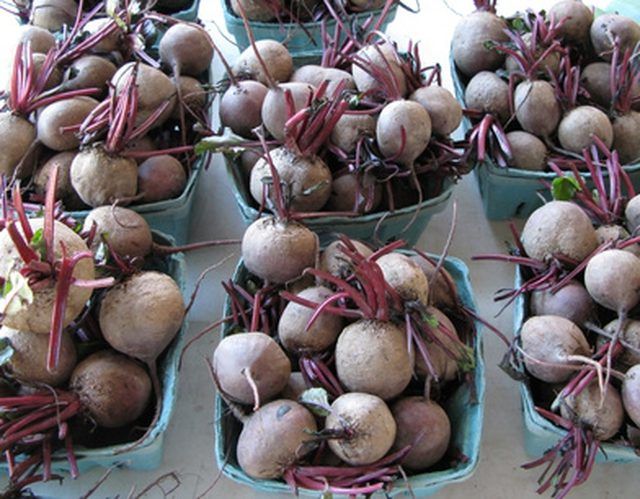Bulbs
Flower Basics
Flower Beds & Specialty Gardens
Flower Garden
Garden Furniture
Garden Gnomes
Garden Seeds
Garden Sheds
Garden Statues
Garden Tools & Supplies
Gardening Basics
Green & Organic
Groundcovers & Vines
Growing Annuals
Growing Basil
Growing Beans
Growing Berries
Growing Blueberries
Growing Cactus
Growing Corn
Growing Cotton
Growing Edibles
Growing Flowers
Growing Garlic
Growing Grapes
Growing Grass
Growing Herbs
Growing Jasmine
Growing Mint
Growing Mushrooms
Orchids
Growing Peanuts
Growing Perennials
Growing Plants
Growing Rosemary
Growing Roses
Growing Strawberries
Growing Sunflowers
Growing Thyme
Growing Tomatoes
Growing Tulips
Growing Vegetables
Herb Basics
Herb Garden
Indoor Growing
Landscaping Basics
Landscaping Patios
Landscaping Plants
Landscaping Shrubs
Landscaping Trees
Landscaping Walks & Pathways
Lawn Basics
Lawn Maintenance
Lawn Mowers
Lawn Ornaments
Lawn Planting
Lawn Tools
Outdoor Growing
Overall Landscape Planning
Pests, Weeds & Problems
Plant Basics
Rock Garden
Rose Garden
Shrubs
Soil
Specialty Gardens
Trees
Vegetable Garden
Yard Maintenance
How to Plant Cold Weather Vegetables
How to Plant Cold Weather Vegetables. Some vegetables, such as beets, onions, lettuce and carrots, survive cold weather better than others. Most people think of planting vegetable gardens in the spring to grow throughout the warm summer, but some vegetables can also grow in cold weather. Vegetables survive cold weather and cold winter seasons...

Some vegetables, such as beets, onions, lettuce and carrots, survive cold weather better than others. Most people think of planting vegetable gardens in the spring to grow throughout the warm summer, but some vegetables can also grow in cold weather. Vegetables survive cold weather and cold winter seasons better when gardeners plant them before it gets terribly cold, so planting in the fall for a winter garden is ideal.
Things You'll Need
Vegetable seeds or starter plants
Compost (optional)
Mulch made from hay, straw or leaves
10-10-10 fertilizer or 5-10-10 fertilizer (depending on the veggie)
Shovel
Tiller
Gardening gloves (optional)
Choose vegetable varieties that can survive cold weather. Texas A & M University suggests broccoli, cauliflower, cabbage, lettuce, mustard, chard, onions, radishes and turnips as vegetables that can withstand temperatures as low as 26 degrees F. Beets, carrots, collards, Brussels sprouts, kale, spinach and parsley may survive even colder temperatures than 26 degrees. The National Gardening Association also recommends arugula, claytonia and endive as salad greens that survive cold better than lettuce does.
Plant cold weather vegetables during the fall before it gets really cold. Vegetables do better with cold weather if they have time to gradually adjust as temperatures cool down.
Protect the garden space from any obstruction that blocks sunlight. The National Gardening Association points out that one of the primary reasons vegetables have a harder time growing during winter is that winter has fewer daylight hours than other seasons.
Prepare the soil for planting as you would a springtime garden. Mix in some 10-10-10 fertilizer, and till the soil to a depth of at least 6 six inches. For soils with very high sand or clay content, till in some compost as well to make the soil more loamy.
Plant the seeds or starter plants, according to the instructions on the seed packets or plant tags. Plants may require some special care to survive cold weather, but the actual planting step is no different during fall than in spring.
Fertilize the vegetables. Washington State University provides a useful vegetable fertilizer guide, which suggests fertilizing most types of vegetables with a 10-10-10 fertilizer approximately once every four weeks. It suggests a 5-10-10 fertilizer for some vegetables, including carrots and Brussels sprouts.
Protect vegetables from the cold with a layer of insulation. The National Gardening Association recommends covering the base of the plants with a layer of hay, leaves or straw mulch to insulate the plants during especially cold periods.
Tips & Warnings
Although a layer of mulch helps protect vegetables during cold snaps, an extra layer also provides a breeding ground for fungi during wet weather conditions. During very cold and wet weather, the National Gardening Association recommends a wooden crate with a storm window over it as an alternative form of cold and wind protection (See Reference 2).